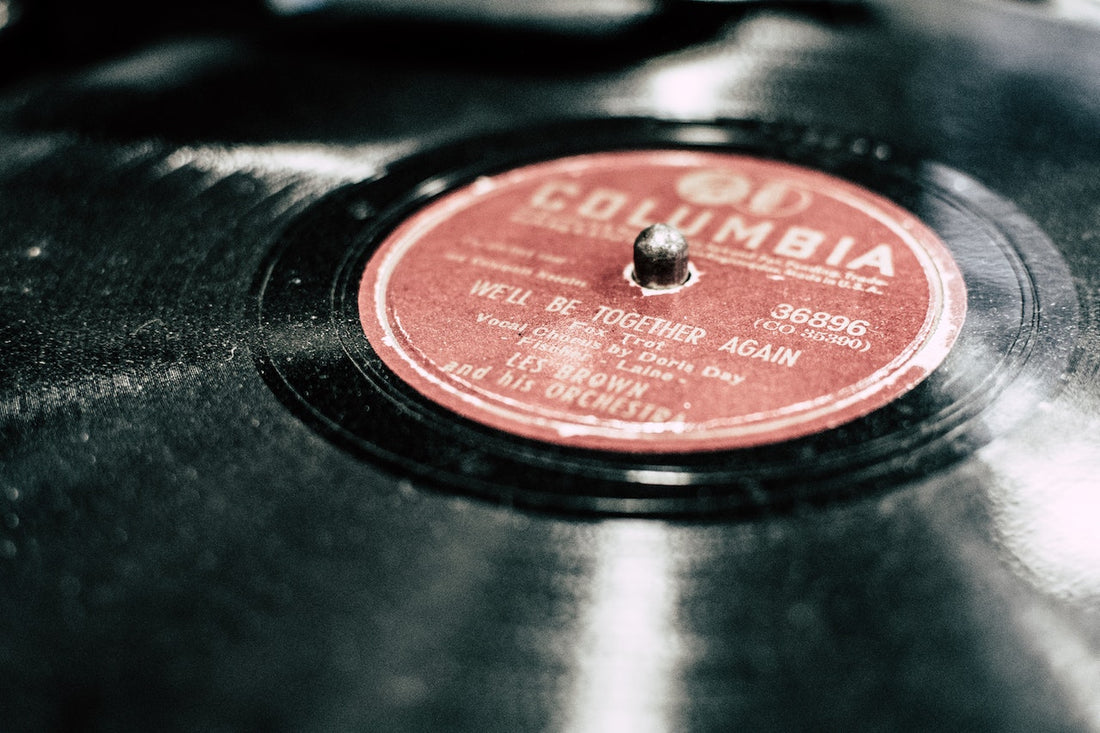
How to Grade Vinyl Records
Share
Welcome to another blog post from Vinyl Legend, your go-to source for all things vinyl! Whether you're a seasoned collector or a vinyl newbie, understanding how to grade vinyl records is crucial. Proper grading not only helps you assess the value of a record but also ensures that you're making an informed purchase or sale. In this comprehensive guide, we'll walk you through the key aspects of grading vinyl records.
Why Grading Matters
Grading is the standardized system used to evaluate the physical and auditory condition of a vinyl record. A well-graded record can fetch a higher price in the market, while a poorly graded one can disappoint a buyer expecting a near-mint condition. Grading is essential for:
Buying: Know what you're getting into before making a purchase.
Selling: Accurately price your records and build trust with buyers.
Trading: Ensure a fair exchange when trading records with other collectors.
The Grading Scale
The Goldmine Grading Standard is the most widely used grading system for vinyl records. Here's a quick rundown:
Mint (M): Absolutely perfect in every way.
Near Mint (NM or M-): A nearly perfect record with no obvious signs of wear.
Very Good Plus (VG+): Will show some signs of wear, including surface scuffs.
Very Good (VG): Significant wear and marks, but still playable.
Good (G), Good Plus (G+): A lot of wear and tear; may have background noise.
Poor (P), Fair (F): Unplayable, but may have some historical or aesthetic value.

Factors to Consider
Visual Inspection
Surface Scratches: Look for visible marks or scratches on the vinyl.
Warps: Check if the record is flat or warped.
Labels: Examine the center labels for writing, stickers, or other marks.
Auditory Inspection
Surface Noise: Listen for pops, clicks, or hisses.
Skipping: Check if the record skips or jumps.
Clarity: Assess the overall sound quality.
Sleeve Condition
Corners: Check for bent or frayed corners.
Seams: Inspect for split seams or wear.
Artwork: Look for fading, ring wear, or water damage.
Tips for Accurate Grading
Clean the Record: A clean record is easier to grade.
Use Good Lighting: Proper lighting can reveal subtle imperfections.
Play the Record: Always play the record to assess its auditory condition.
Conclusion
Grading vinyl records may seem daunting, but with a little practice and attention to detail, you'll become a pro in no time. Remember, the goal is to be as accurate as possible to ensure fair transactions and to build a collection you can be proud of.
At Vinyl Legend, we take grading seriously. All our records are graded using stringent standards to ensure you get exactly what you're looking for. So go ahead, browse our collection and shop with confidence!